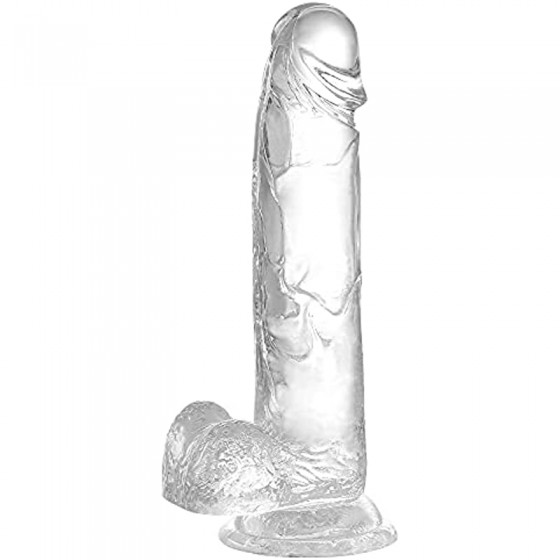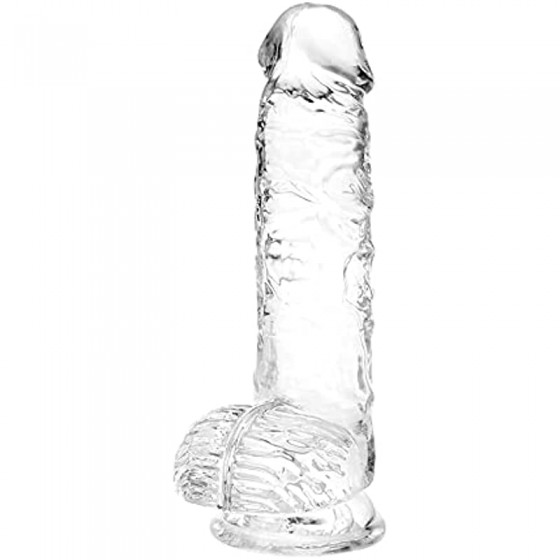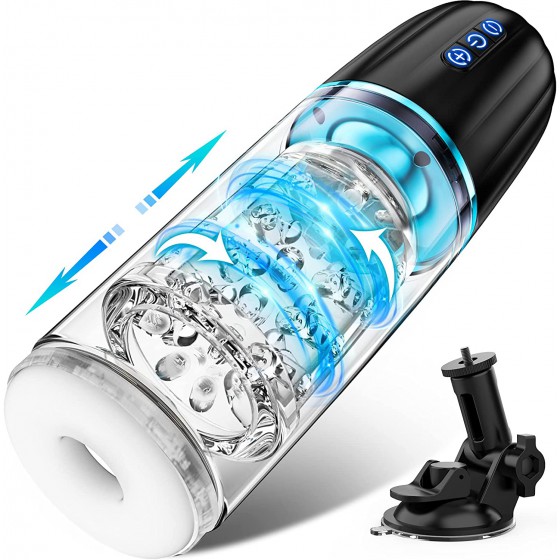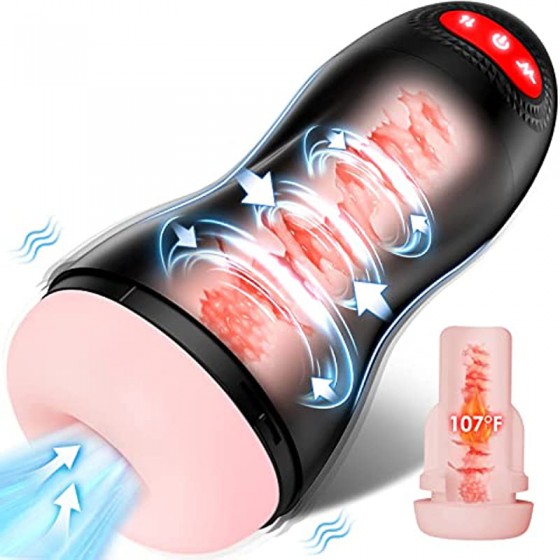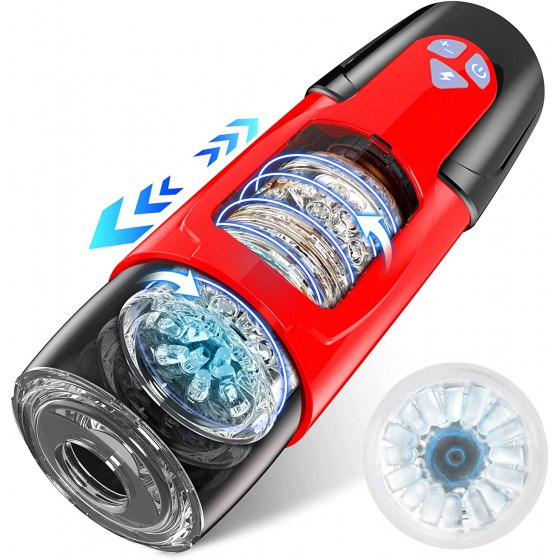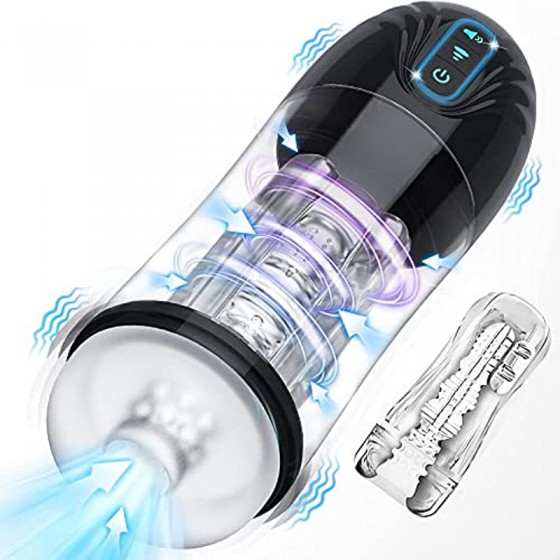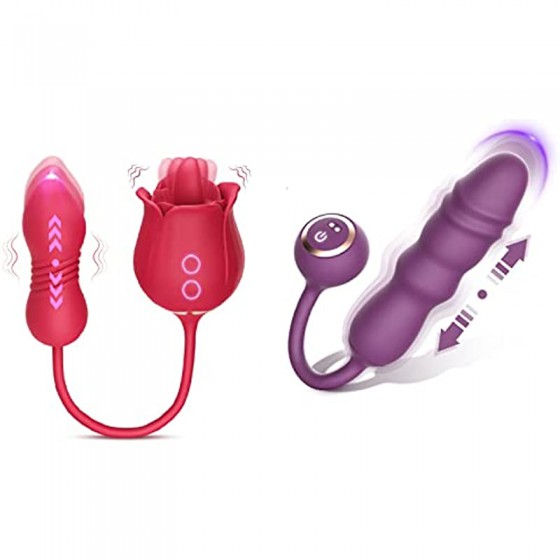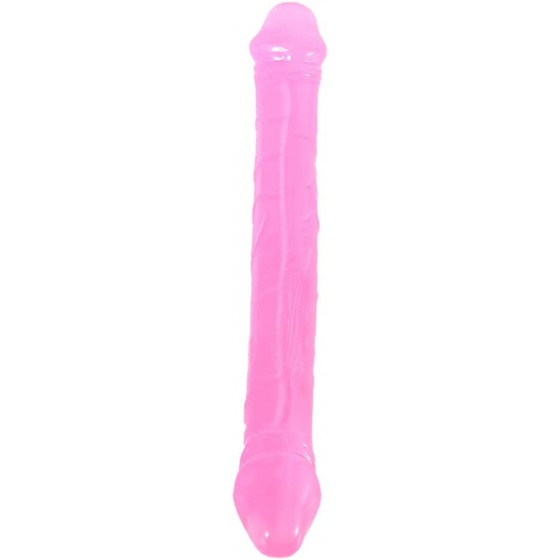What are the symptoms of pelvic effusion? What treatments are available?
The causes of pelvic effusion are different, and the symptoms are also different, which need to be diagnosed by a doctor's examination. Clinically, pelvic effusion is divided into two types: physiological and pathological. Physiological pelvic effusion can heal on its own without treatment.
What are the symptoms of pelvic effusion?
1. Physiological pelvic effusion generally occurs after women ovulate or during early pregnancy. No treatment is required, and the symptoms will disappear naturally.
2. Pelvic effusion is caused by acute and chronic pelvic inflammatory disease and adnexitis. It is often accompanied by bilateral abdominal pain or unilateral abdominal pain, backache, or long-term standing, excessive fatigue, and frequent sexual intercourse. Or premenstrual period is aggravated, and in severe cases, work may be affected.
3. Patients with pelvic effusion sometimes experience symptoms such as low fever, susceptibility to fatigue, lack of energy, general discomfort, insomnia and other symptoms. Patients with acute and chronic adnexitis are accompanied by increased leucorrhea, irregular menstruation, menstrual disorders, and dysmenorrhea. , sexual life is not harmonious.
4. Menstrual irregularities may occur when ovarian function is damaged, and fallopian tube obstruction affects female pregnancy. When examining the uterus, it is found that the uterus is tilted backward, with limited movement or fixed adhesions. It can be touched on one or both sides of the uterus. The fallopian tubes were thickened like cords and showed mild tenderness.
What treatments are available?
1. Chinese medicine treatment methods
Chronic pelvic effusion is mostly of the damp-heat type, and the treatment is to clear away heat and promote dampness. Mainly promoting blood circulation and removing blood stasis.
For medicinal purposes
Salvia miltiorrhiza 18g, red peony root 15g, costus 12g, peach kernel 9g, honeysuckle 30g, dandelion 30g, poria cocos 12g, paeonol bark 9g, raw rehmannia 9g.
Add Corydalis 9g when the pain is severe. Some patients have cold-coagulation qi stagnation type, and the treatment is to warm the meridians, dispel cold, promote qi and activate blood circulation. Guizhi Fuling decoction is commonly used. For patients with qi deficiency, add 15g of Codonopsis pilosula, 9g of Atractylodes macrocephala, and 15g of Astragalus membranaceus.
2. Other drug treatments
When using anti-inflammatory drugs, α-chymotrypsin 5mg or hyaluronidase 1500U can also be used at the same time, intramuscularly, once every other day, 5 to 10 times as a course of treatment, to facilitate the absorption of adhesions and inflammation.
The drug should be discontinued when individual patients experience local or systemic allergic reactions. In some cases, antibiotics and dexamethasone are used at the same time, and dexamethasone is taken orally 0.75 mg three times a day. When discontinuing the drug, pay attention to tapering the dose gradually.
3. Physical therapy
The benign stimulation of warmth can promote local blood circulation in the pelvis. Improve the nutritional status of tissues and increase metabolism to facilitate the absorption and resolution of inflammation. Commonly used ones include short wave, ultra short wave, iontophoresis (various drugs can be added such as penicillin, streptomycin, etc.), wax therapy, etc.
4. General treatment
Relieve patients' ideological concerns, enhance their confidence in treatment, increase nutrition, exercise, pay attention to the balance between work and rest, and improve the body's resistance.
5. Surgical treatment
Massive masses such as hydrosalpinx or fallopian tube ovarian cysts can be treated surgically; those with small infection foci and repeated inflammation are also suitable for surgical treatment.
The operation is based on the principle of complete cure to avoid the chance of recurrence of the remaining lesions. Unilateral adnexectomy or total hysterectomy plus bilateral adnexectomy is performed.
What should we pay attention to every day?
1. Women should pay attention to hygiene during menstruation, pregnancy, delivery and puerperium to prevent infection.
2. Women should prevent the abuse of antibiotics and anti-inflammatory drugs. Antibiotics, whether taken orally or by injection, will inhibit the lactobacilli in the vagina, disrupt the natural ecological balance of the vagina, and change the vaginal microenvironment. Pathogenic bacterial pathogens may multiply and eventually lead to local candida vaginitis, secreting inflammatory fluid. This causes pelvic effusion.
3. Prevention focuses on housekeeping. In female internal genital inflammation, adnexitis, and pelvic inflammatory disease, unclean sexual intercourse is an important pathogenic factor. Because some sexual partners are in high spirits before having intercourse, they neglect local hygiene and rush into the act without cleaning. Inflammation can be limited to one site, or it can occur in several sites at the same time, causing pelvic effusion in several sites at the same time.
4. Women should rinse their vaginas correctly. In order to maintain hygiene, some women often use medicated lotions to clean the vagina. This can easily damage the acid-base environment of the vagina and make it more susceptible to Candida vaginitis. The correct rinse is to rinse with clean water.






